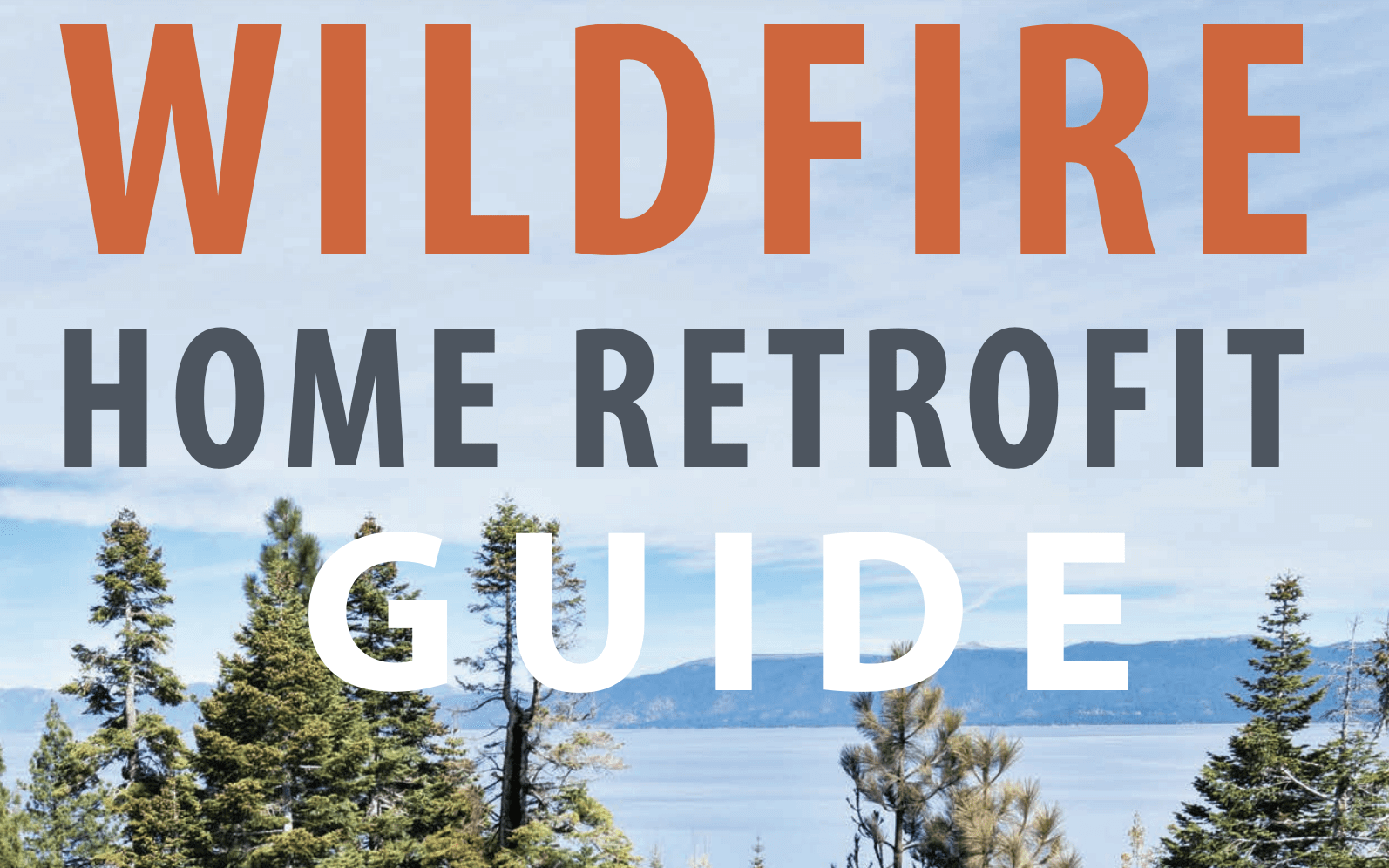Fall weather provides the ideal temperatures to get busy outside making some updates to your landscaping and home to prepare it for the winter. Taking the necessary measures to harden (prepare) your home can also help increase its likelihood of survival when wildfire strikes.
There are three ways your home can be exposed to wildfire: direct flames from a wildfire or burning neighboring home; radiant heat from nearby burning plants or structures; and flying embers. Flying embers from a wildfire can destroy homes up to a mile away and are responsible for the destruction of most homes during a wildfire.
The following should be assessed on a yearly basis:
Roof
The roof is the most vulnerable part of your home. Homes with wood or shingle roofs are at high risk of being destroyed during a wildfire.
- Block any spaces between roof decking and covering to prevent embers from catching.
- Remove accumulated vegetative debris from the roof.
Vents
Vents on homes create openings for flying embers.
- Cover all vent openings with 1/16-inch to 1/8-inch metal mesh. Do not use fiberglass or plastic mesh because they can melt and burn (use WUI vents).
Eaves and Soffits
Eaves should be boxed in and protected with ignition-resistant* or noncombustible materials.
Windows
Heat from a wildfire can cause windows to break even before the home is on fire. This allows burning embers to enter and start fires inside. Single-paned and large windows are particularly vulnerable.
- Install screens in all usable windows to increase ember resistance and decrease radiant heat exposure.
Walls
Wood products, such as boards, panels or shingles, are common siding materials. However, they are flammable and not good choices for fire-prone areas.
- Smaller spaces, such as the roof-to-wall area, should have their siding replaced with a noncombustible material.
- Update your walls with ignition resistant* building materials, such as stucco, fiber cement wall siding, fire retardant, treated wood, or other approved materials. This is especially important when neighboring homes are within 30-feet of the home.
Decks
- Create an ember-resistant zone around and under all decks and make sure that all combustible items are removed from underneath your deck.
Rain Gutters
Keep rain gutters clear or enclose rain gutters to prevent accumulation of plant debris.
- Install a corrosion-resistant and noncombustible metal drip edge for additional protection of the combustible components on your roof’s edge.
- Use a noncombustible gutter cover to prevent buildup of debris and vegetation in the gutter.
Chimney
- Cover your chimney and stovepipe outlets with a non-flammable screen. Use metal screen material with openings no smaller than 3/8-inch and no larger than 1/2-inch to prevent embers from escaping and igniting a fire.
Fences
Best practice is to separate your fence from your house or upgrade the last 5-feet of the fence to a noncombustible material to reduce the chance of the fence from bringing fire to your home.
Garage
Have a fire extinguisher and tools such as a shovel, rake, bucket, and hose available for fire emergencies.
- Add a battery back-up to the garage door motor so that the garage can easily be operated if power is out.
- Install weather stripping around and under the garage door to prevent embers from blowing in.
- Store all combustible and flammable liquids away from ignition sources.
This article is courtesy of Tahoe Living With Fire Program


